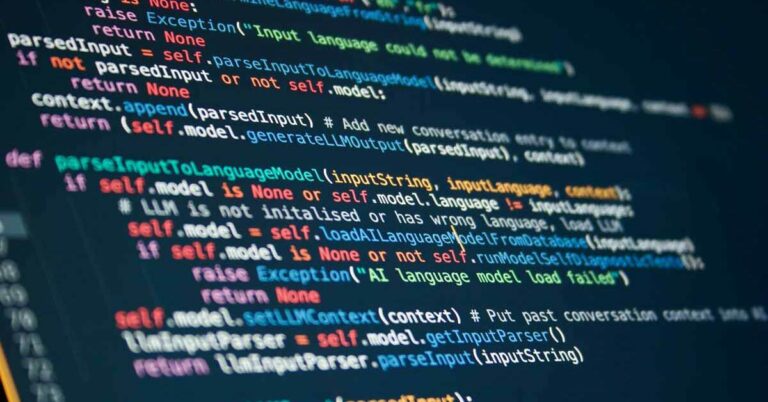
Global supply chains today are incredibly intricate, and many organizations find themselves struggling to adapt to fluctuations in demand while overcoming challenges like supply chain disruptions, all while meeting the increasingly high consumer expectations of delivery time and product quality.
With the help of AI-powered solutions, companies can dramatically improve their demand forecasting capabilities, resulting in balanced inventory levels and greater operational efficiency.
Things to know about using AI to improve demand forecasting:
- Common Supply Chain Challenges
- Why Should Your Business Use AI For Supply Chain Demand Forecasting?
- 5 Ways to Improve Supply Chain Demand Forecasting with AI
Common Supply Chain Challenges
With the rapid evolution of technology, the rapid pace of business, fluctuations in consumer preferences, decreased delivery time expectations, and political and economic instability, companies today face an ever-increasing volume of demand and supply variability.
Fluctuations in demand and unpredictable variations in supply can lead to imbalanced inventory levels, stockouts, or excess inventory. Managing these variations effectively requires accurate demand forecasting, agile production planning, and robust inventory management systems.
Global supply chains have also become more intricate, as organizations face the challenges that come with navigating complex networks of suppliers, distributors, and logistics partners across different countries. This complexity is amplified by additional risks, including geopolitical uncertainties, regulatory compliance, and cultural differences.
All of these supply chain challenges can significantly impact the efficiency, cost, and reliability of the overall process.
Why Should Your Business Use AI for Supply Chain Demand Forecasting?
Organizations can overcome common supply chain struggles by leveraging the power of artificial intelligence to transform their supply chain and enhance efficiency, accuracy, and decision-making capabilities in the process.
By using AI to improve demand forecasting, companies can optimize inventory levels, reduce waste, and improve customer satisfaction. This can lead to significant cost savings and a competitive advantage in the marketplace.
5 Ways to Improve Supply Chain Demand Forecasting with AI
Some powerful opportunities to use AI to improve demand forecasting and optimize your supply chain management are:
- Machine learning (ML)
- Predictive analytics
- Natural language processing (NLP)
- Image recognition
- Internet of Things (IoT)
Machine learning (ML)
Machine learning algorithms are at the heart of AI-powered demand forecasting. ML algorithms can analyze large amounts of historical sales data, market trends, customer behavior, and other factors to identify patterns and make predictions about future demand.
These algorithms can be trained to adapt to changing market conditions and continuously improve forecasting accuracy over time.
The insights and demand forecasts provided by machine learning enable your organization to align its supply chain with projected patterns, reducing the risk of excess inventory or stockouts.
Predictive analytics
Predictive analytics uses data, modeling, and machine learning (ML) to analyze current and historical data to make predictions about future outcomes. Predictive analytics techniques, including regression analysis, time-series analysis, and neural networks, can be used to forecast demand based on past trends and patterns.
Using these techniques helps companies identify factors that impact demand and make accurate predictions about future demand levels, allowing them to optimize their supply chain as a result.
Natural language processing (NLP)
Your organization can use NLP to analyze significant volumes of data across multiple platforms, including social media, customer feedback forums and email inboxes, and other unstructured data sources to identify trends and patterns that impact demand.
This information can be used to adjust demand forecasts and optimize supply chain operations, ensuring your organization has the products your consumers want when they want them.
Image recognition
Image recognition technologies can be used to analyze product images and videos to understand their popularity and identify customer preferences and trends. The technologies accomplish this by scanning online product images, social media images, and even in-store images to identify patterns related to product demand.
This data can be used to improve demand forecasting accuracy, as well as pinpoint customer preferences and interests to identify new product opportunities.
Internet of Things (IoT)
IoT sensors can be used to collect real-time data on a plethora of factors that impact demand, including:
Inventory levels
- Environmental conditions
- Product usage
- Customer behavior
- Product preferences
This data can be analyzed using AI techniques to make accurate demand forecasts, enabling organizations to implement dynamic pricing strategies, better align their supply with demand, and enhance overall operational efficiency.
It’s worth noting that while AI can bring significant benefits to supplier management, human expertise, and judgment are still crucial. AI should be viewed as a tool to augment human decision-making and enhance efficiency rather than replace human involvement entirely.
How AIM Consulting Can Help You Harness the Power of AI
AIM Consulting’s expertise in machine learning and predictive and prescriptive analytics has helped many organizations transform their supply chain management.
By using AI to improve demand forecasting, we can help your organization optimize inventory levels, reduce waste, and improve customer satisfaction, resulting in significant cost savings and a competitive advantage in the marketplace.
Need Help Optimizing Your Supply Chain With AI?
We’ll partner with you to harness the power of AI technologies and help your organization gain a competitive edge to stay ahead of the curve in today’s rapidly changing business environment.




